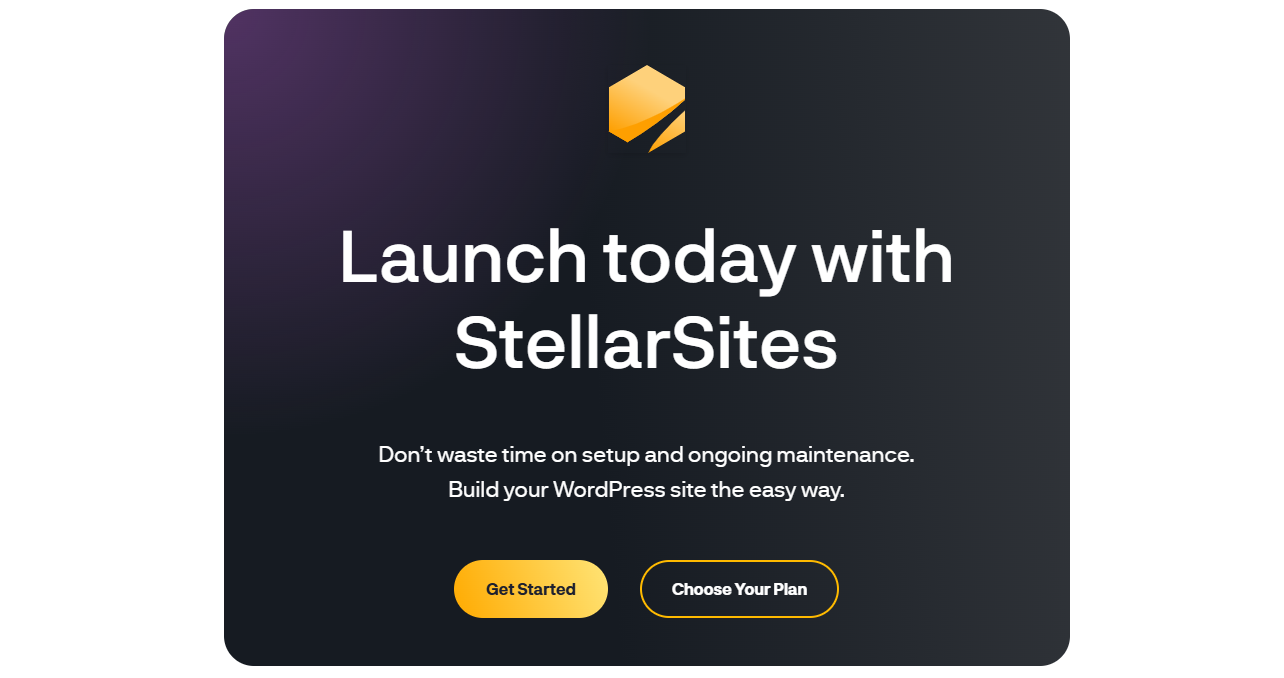Disclosure: We’re reader-supported. When you buy through links on our site, we may earn an affiliate commission at no extra cost to you. For more information, see our Disclosure page. Thanks.
Contents
- 1 How to Choose a right Domain Name: 25 Essential Tips
- 1.1 1. Keep It Short and Simple
- 1.2 2. Make It Easy to Spell
- 1.3 3. Use Keywords
- 1.4 4. Avoid Hyphens and Numbers
- 1.5 5. Be Unique and Brandable
- 1.6 6. Make It Easy to Pronounce
- 1.7 7. Target Your Audience
- 1.8 8. Use a .com Extension
- 1.9 9. Avoid Trademark Issues
- 1.10 10. Check Domain Availability
- 1.11 11. Consider Future Growth
- 1.12 12. Be Descriptive but Not Limiting
- 1.13 13. Avoid Trends
- 1.14 14. Use Your Brand Name
- 1.15 15. Check Social Media Availability
- 1.16 16. Go for a Domain with a Global Appeal
- 1.17 17. Consider SEO Benefits
- 1.18 18. Keep It Timeless
- 1.19 19. Think About Local SEO
- 1.20 20. Use a Domain Name Generator
- 1.21 21. Check for Misspellings
- 1.22 22. Avoid Legal Pitfalls
- 1.23 23. Make It Memorable
- 1.24 24. Research Your Competitors
- 1.25 25. Use a Professional Domain Registrar
- 2 Frequently Asked Questions (FAQs) about Domain Names:
- 2.1 1. What is a domain name?
- 2.2 2. What does a domain name consist of?
- 2.3 3. What is the difference between a domain name and a URL?
- 2.4 4. How do I choose a domain name?
- 2.5 5. How do I register a domain name?
- 2.6 6. How long can I register a domain name for?
- 2.7 7. Can I transfer my domain to another registrar?
- 2.8 8. What happens if I don’t renew my domain name?
- 2.9 9. What is domain privacy protection?
- 2.10 10. What are subdomains?
- 2.11 11. What is a domain name system (DNS)?
- 2.12 12. What is an expired domain?
- 2.13 13. Can I change my domain name later?
- 2.14 14. What are country-code TLDs (ccTLDs)?
How to Choose a right Domain Name: 25 Essential Tips
Choosing the right domain name is crucial for your website’s success. A well-chosen domain name can enhance brand recognition, drive traffic, and improve search engine rankings. Here are 25 essential tips to help you pick the perfect domain name:
1. Keep It Short and Simple
- Shorter domain names are easier to remember, type, and share. Aim for 6-14 characters.
2. Make It Easy to Spell
- Avoid using complex words or confusing spellings. Simpler words are easier for people to type and remember.
3. Use Keywords
- Incorporate relevant keywords related to your business or niche. This can help with SEO and make your domain more discoverable.
4. Avoid Hyphens and Numbers
- Hyphens and numbers can be confusing and prone to miscommunication. Stick to letters only.
5. Be Unique and Brandable
- Choose a name that stands out from the crowd and represents your brand. Ensure it’s memorable and reflects your identity.
6. Make It Easy to Pronounce
- If your domain name is hard to pronounce, it can hinder word-of-mouth marketing and lead to confusion.
7. Target Your Audience
- Tailor your domain to your target market, considering language, preferences, and cultural nuances.
8. Use a .com Extension
- If possible, opt for a .com domain, as it is the most recognized and trusted extension. If .com is unavailable, consider alternatives like .net, .org, or industry-specific extensions.
9. Avoid Trademark Issues
- Ensure your domain name doesn’t infringe on existing trademarks. This can lead to legal issues and brand confusion.
10. Check Domain Availability
- Before settling on a name, make sure it’s available to register. Use a domain registration platform to check availability.

11. Consider Future Growth
- Choose a domain that allows for scalability. Avoid overly narrow names that may limit future expansion into new products or services.
12. Be Descriptive but Not Limiting
- While your domain should describe your business, avoid being too specific (e.g., using the city name) if you plan to expand geographically.
13. Avoid Trends
- Stay away from trendy phrases or fads, as they may lose relevance over time.
14. Use Your Brand Name
- If you already have a brand name, try to incorporate it into your domain to maintain consistency across platforms.
15. Check Social Media Availability
- Before choosing a domain, check if your preferred name is available on social media platforms. Consistency across your domain and social media handles is key for brand identity.
16. Go for a Domain with a Global Appeal
- If you’re planning to expand internationally, choose a domain that is easy to understand and pronounce across different languages and cultures.
17. Consider SEO Benefits
- Use relevant keywords in your domain name to potentially boost your site’s SEO performance, but don’t overstuff.
18. Keep It Timeless
- Select a domain name that will stand the test of time and won’t require frequent rebranding as your business evolves.
19. Think About Local SEO
- If your business serves a specific location, include geographic terms in your domain for better local search engine ranking.
20. Use a Domain Name Generator
- If you’re stuck, consider using a domain name generator to spark new ideas and help you brainstorm creative possibilities.
21. Check for Misspellings
- Ensure your domain name is unlikely to be misspelled by users. Test it with friends or colleagues to see if they can remember it accurately.
22. Avoid Legal Pitfalls
- Ensure your domain doesn’t infringe on existing brands, trademarks, or other intellectual property rights.
23. Make It Memorable
- Your domain should be easy to remember, especially for repeat visitors or potential customers. A memorable domain enhances brand recall.
24. Research Your Competitors
- Check your competitors’ domain names to see what works and what doesn’t. Aim for something unique while fitting within your industry.
25. Use a Professional Domain Registrar
- Choose a trusted domain registrar to ensure you get reliable service and secure your domain without unnecessary complications.
By keeping these tips in mind, you’ll be well on your way to selecting a domain name that enhances your brand’s identity and sets you up for long-term success.
Frequently Asked Questions (FAQs) about Domain Names:
1. What is a domain name?
A domain name is the address you type in a web browser to visit a website, like www.dreamhosters.in. It serves as a human-readable identifier for a website’s IP address, making it easier to navigate the internet.
2. What does a domain name consist of?
A domain name consists of two main parts:
- Second-level domain (SLD): This is the name itself (e.g., “example” in example.com).
- Top-level domain (TLD): This is the extension that comes after the SLD (e.g., .com, .org, .net, etc.).
3. What is the difference between a domain name and a URL?
A domain name is part of a URL. A URL (Uniform Resource Locator) includes the full web address, which can include a protocol (e.g., http:// or https://), a domain name, and specific paths or pages (e.g., /about-us).
4. How do I choose a domain name?
- Keep it short, simple, and memorable.
- Avoid hyphens, numbers, or special characters that could confuse visitors.
- Choose a name that represents your brand or business well.
- Consider using a relevant TLD like .com, .org, or a more specific one like .tech or .store if it suits your niche.
5. How do I register a domain name?
You can register a domain name through a domain registrar (e.g., GoDaddy, Namecheap, Google Domains). Simply search for your desired domain to check if it’s available, and if it is, follow the steps to purchase and register it.
6. How long can I register a domain name for?
Most domain names are registered for periods of 1 year, but you can often register for longer periods, up to 10 years. You can also set up automatic renewals to ensure you don’t lose the domain name.
7. Can I transfer my domain to another registrar?
Yes, you can transfer your domain from one registrar to another, but there are certain restrictions. Typically, you must have owned the domain for at least 60 days before transferring it.
8. What happens if I don’t renew my domain name?
If you don’t renew your domain name before it expires, you lose control of it, and it can become available for others to register. Some registrars offer a grace period, but it’s best to renew on time.
9. What is domain privacy protection?
Domain privacy protection (also called WHOIS protection) is a service offered by many domain registrars to keep your personal contact information private. Without it, your name, address, phone number, and email address can be publicly visible in the WHOIS database.
10. What are subdomains?
A subdomain is a part of your main domain, created to organize different sections or services on your website. For example, blog.example.com or shop.example.com are subdomains of example.com.
11. What is a domain name system (DNS)?
The Domain Name System (DNS) is like the phonebook of the internet. It converts domain names into IP addresses so browsers can load websites. DNS is what makes it possible for people to access your website by typing in a domain name instead of an IP address.
12. What is an expired domain?
An expired domain is one that hasn’t been renewed after its registration period ends. It might become available for anyone to register again, or it might be auctioned if it has significant value or backlinks.
13. Can I change my domain name later?
Yes, you can change your domain name later, but it’s a significant decision. Changing it might affect your website’s SEO rankings and could confuse visitors. It requires setting up redirects from your old domain to the new one to avoid losing traffic.
14. What are country-code TLDs (ccTLDs)?
Country-code TLDs are domain extensions specific to a country or geographic location, such as .uk for the United Kingdom, .ca for Canada, or .de for Germany. These are often used for regional targeting.




